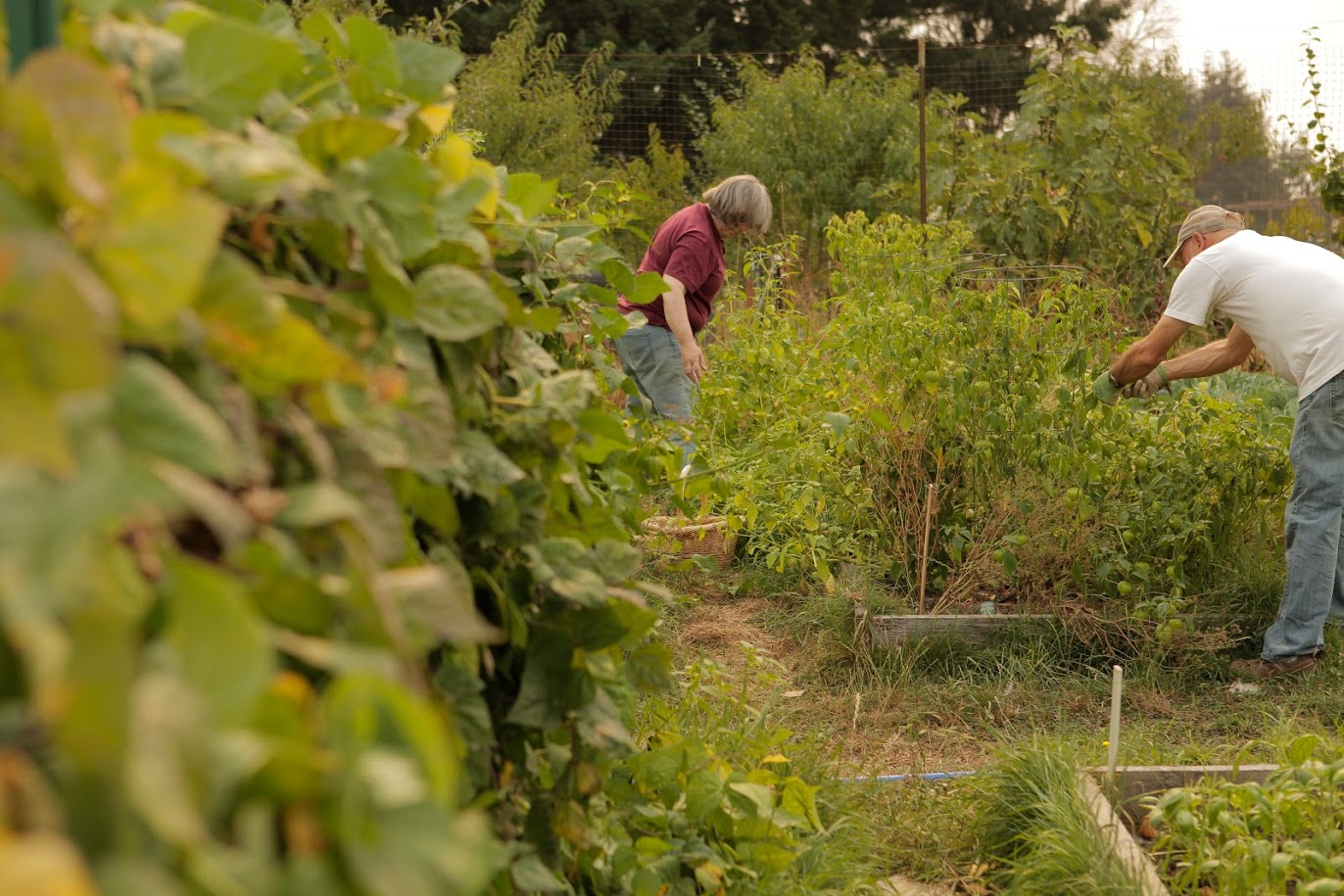
Empowering Customers: Importance of Produce at Food Banks
30 Jan 2019, by Admin in Harvest Blog, Harvest VISTA, Gleaning, Washington state, Vashon Maury Island Community Food BankHarvest Against Hunger AmeriCorps VISTA Cassidy Berlin serves as program coordinator between the Vashon Maury Island Community Food Bank and the Food Access Partnership. FAP is a program of the Vashon Island Growers Association, and strives to make local food more accessible to community members while fairly compensating farmers. This collaboration draws surplus island harvests to the food bank to combat economic obstacles that prevent fresh, local produce from being a staple in 1 in 7 island homes.
The New Year is a typically hectic time for food banks across the country as they annually update client files. Unusual circumstances caused by the partial government shutdown combined with this “re-upping” process helped Vashon Maury Community Food Bank realize that several questions not included in the client database needed answers. Harvest for Vashon VISTA Cassidy Berlin wrote and administered three weekly surveys to food bank customers to identify common dietary restrictions, local food insecurity and produce consumption rates, and participation in federal food assistance programs such as SNAP and WIC.
98-200 responses were garnered for each survey, which represents 23-48% of January food bank customers. Of the surveyed customers, over 75% worried that food would run out before more could be bought in the last year, and over half involuntarily ate less than what they needed. The most surprising statistic: 91% of surveyed customers said they would eat more fruits and veggies if price were not a concern. Hunger has yet to be eradicated on Vashon, but that hasn’t stopped food insecure families from wanting access to fresh and healthy produce.
The partial government shutdown ended the day after the SNAP/WIC survey was completed; 50% of surveyed customers were recipients of federal food assistance programs, and are likely facing eight weeks between the distribution of benefits, which on average cover less than 50% of their monthly grocery bill. Food distribution centers across the nation began to anticipate or experience a surge in demand due to furloughed employees and SNAP/WIC recipients. During a conference call with Food Lifeline, a nonprofit that distributes food to Washington food banks, one participant stated that their food bank was going to prepare by using money allotted for fresh produce to purchase shelf stable, calorically dense foods instead.
Anti-hunger institutions balance a delicate conundrum: do hunger prevention efforts stop at getting clients enough calories? Prioritizing a full belly over a balanced plate is par for the course among food insecure individuals. The Food Access Partnership believes no family should choose between eating healthily and eating enough, and that food equity is just as important as hunger prevention. This will be achieved when the local bounty of healthy, disease-preventing fruits and vegetables is fairly distributed to all islanders, regardless of income. January survey efforts confirm that food bank customers want more than to go without hunger, they also want access to healthy options for themselves and their families. In light of the gratitude millions of Americans are feeling at the end of the government shutdown, local Harvest for Hunger efforts illuminate how grateful islanders are for the growing season ahead.
Photo: Volunteers reap a late summer harvest in the food bank garden, PC Emma Cassidy


